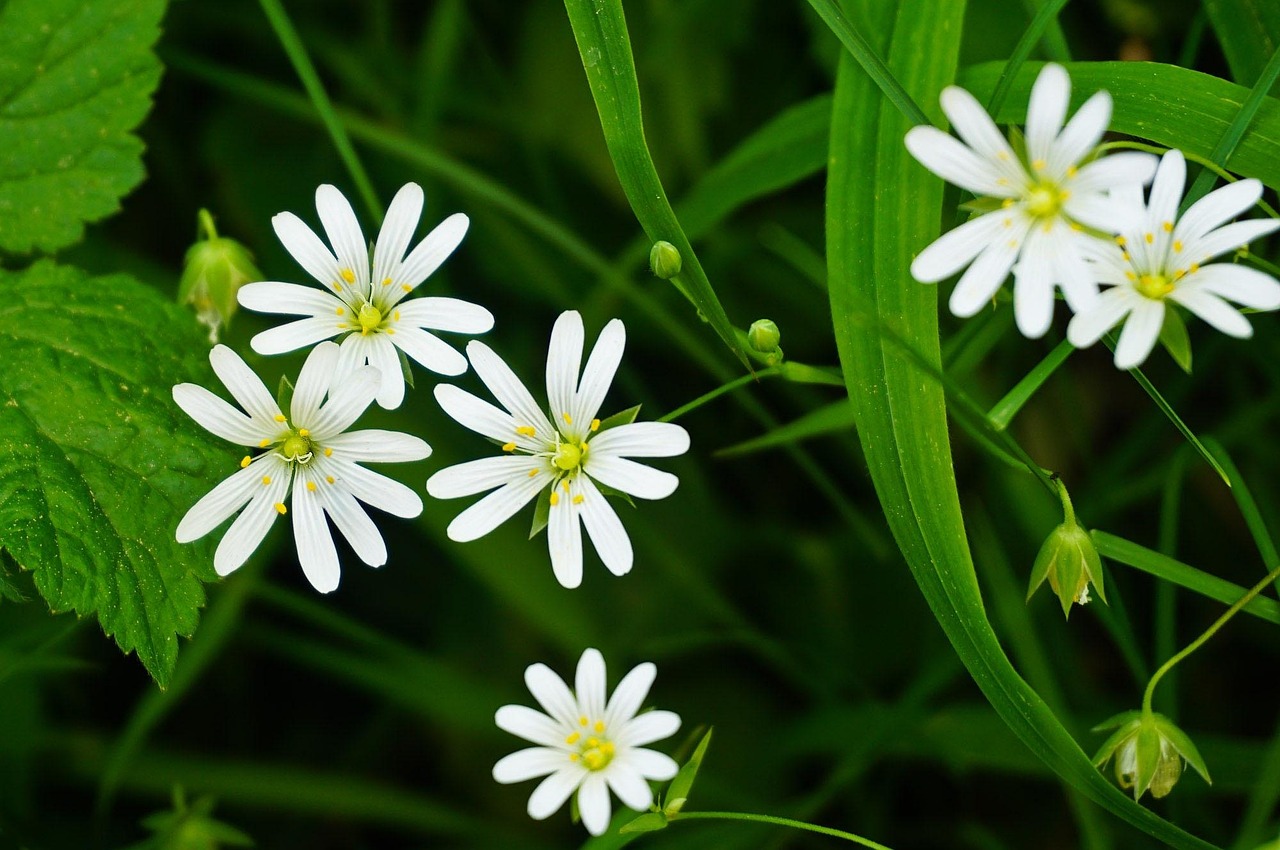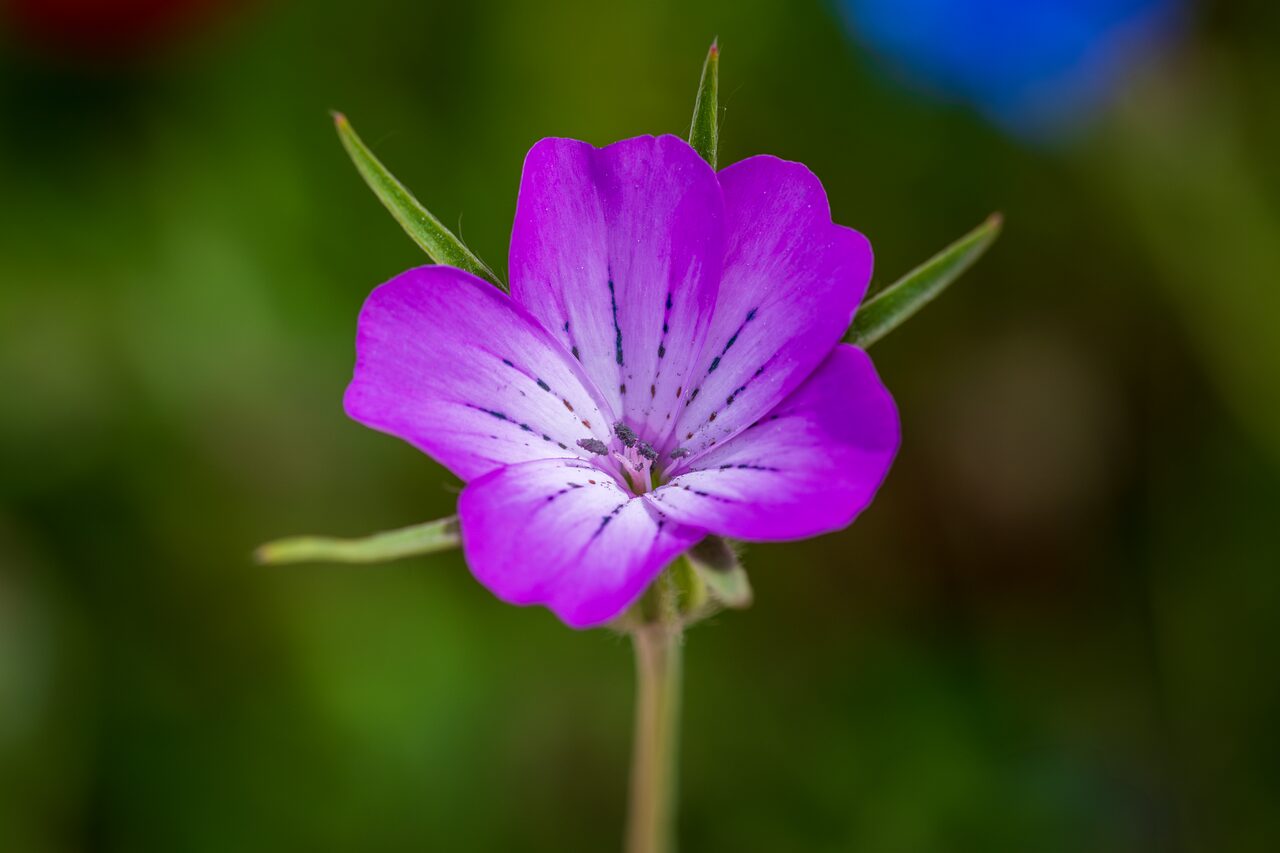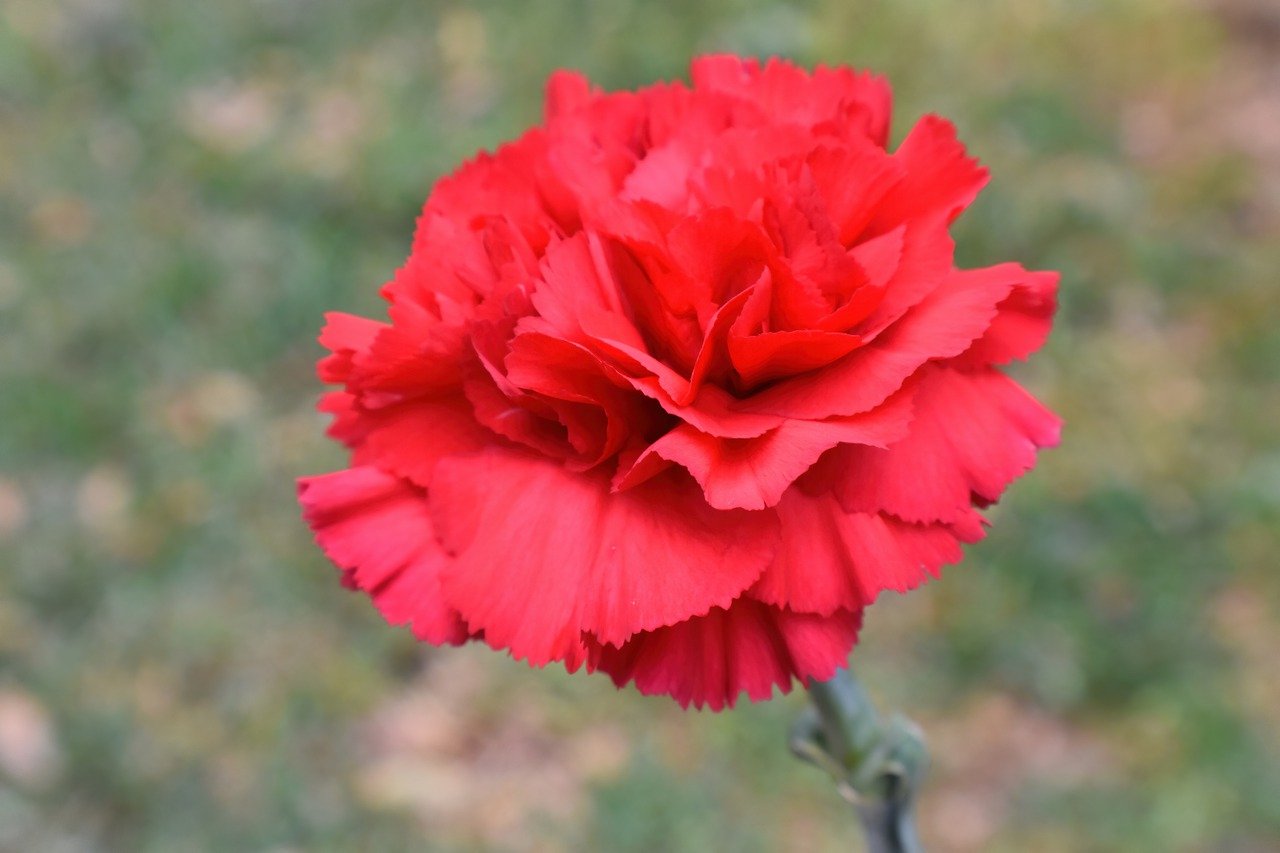Silene vulgaris | The Graceful White Flower of the Highlands
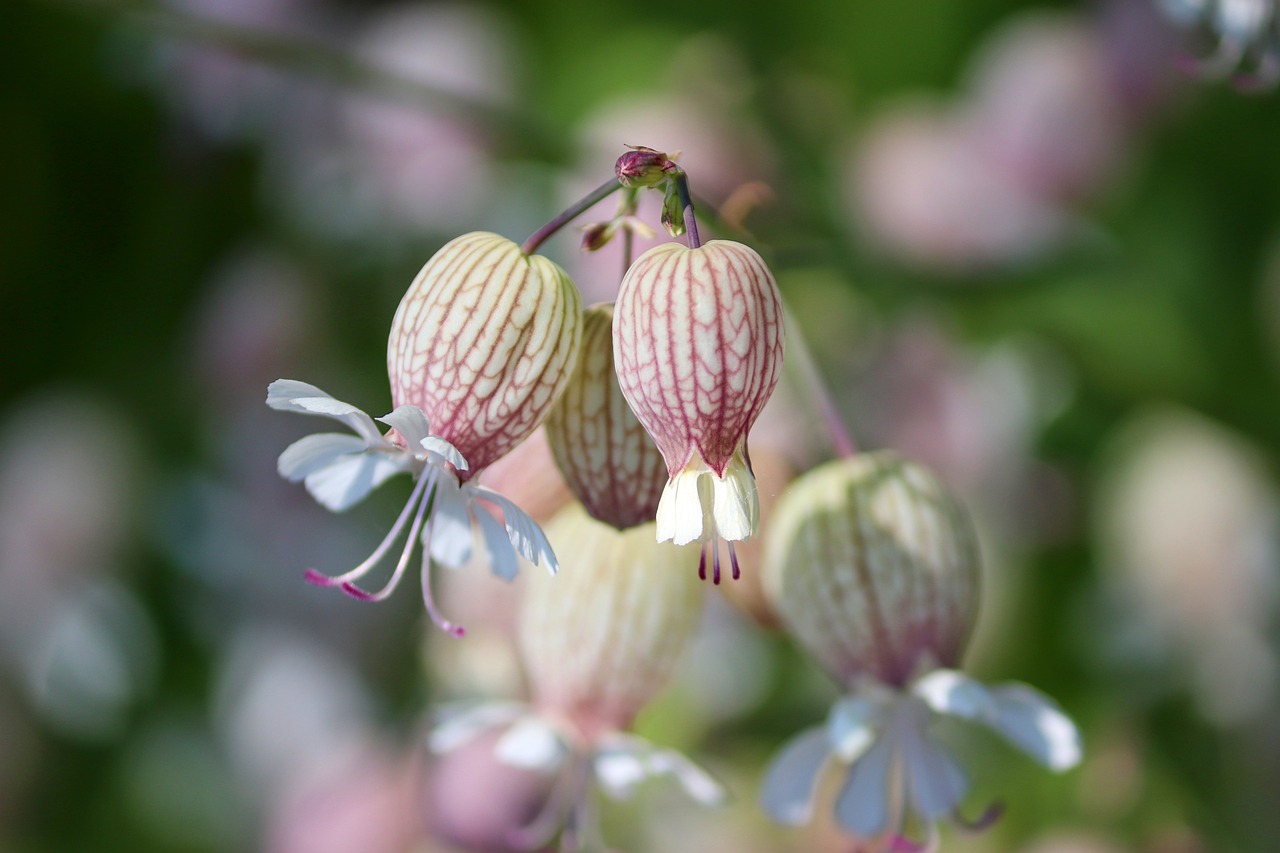
I introduce Silene vulgaris, a perennial plant distinguished by its balloon-shaped white calyx. Widely distributed across Europe, it has long been cherished both as a wildflower and as an ornamental plant.
With its delicate appearance and remarkable vitality, this flower has been embraced in many countries as part of gardens and natural landscapes.
In this article, I will explain the basic information, cultural and historical background, and cultivation methods of Silene vulgaris.
Basic Information
- Scientific name: Silene vulgaris
- Family: Caryophyllaceae
- Origin: Europe, Asia, West Africa
- Appearance: It produces small flowers with inflated white calyces at the tips of slender stems. Each flower has five petals that spread gracefully.
- Blooming season: From spring to summer, swaying in the wind with a refreshing impression.
Cultural Significance Around the World
Silene vulgaris grows naturally in European meadows and hills, where it is valued as a symbol of rustic beauty.
In France and Italy, it is planted in traditional gardens and parks, contributing to naturalistic landscapes.
In the United Kingdom, it is admired as a wildflower and often included in natural gardens. Its balloon-like calyx swaying in the wind has been described poetically and appears in literature and folklore.
In parts of Eastern Europe, its fragile form has symbolized purity and simple love. It has been used in village festivals, floral decorations, and even wedding ceremonies and traditional costumes.
Historical Background
Silene vulgaris has been present in human life since ancient Greece and Rome.
In Europe, it has long been a familiar sight in pastures and along roadsides, forming part of the rural landscape.
During the Middle Ages, it was appreciated as a wildflower in village gardens and castle grounds, highlighting natural beauty. Old texts record its symbolic role in poems and songs.
In the 19th century, as naturalism spread, the beauty of wild plants was reappraised, and Silene vulgaris began to be cultivated ornamentally in cottage gardens in Britain and rural-style gardens in France.
Gardening Advice
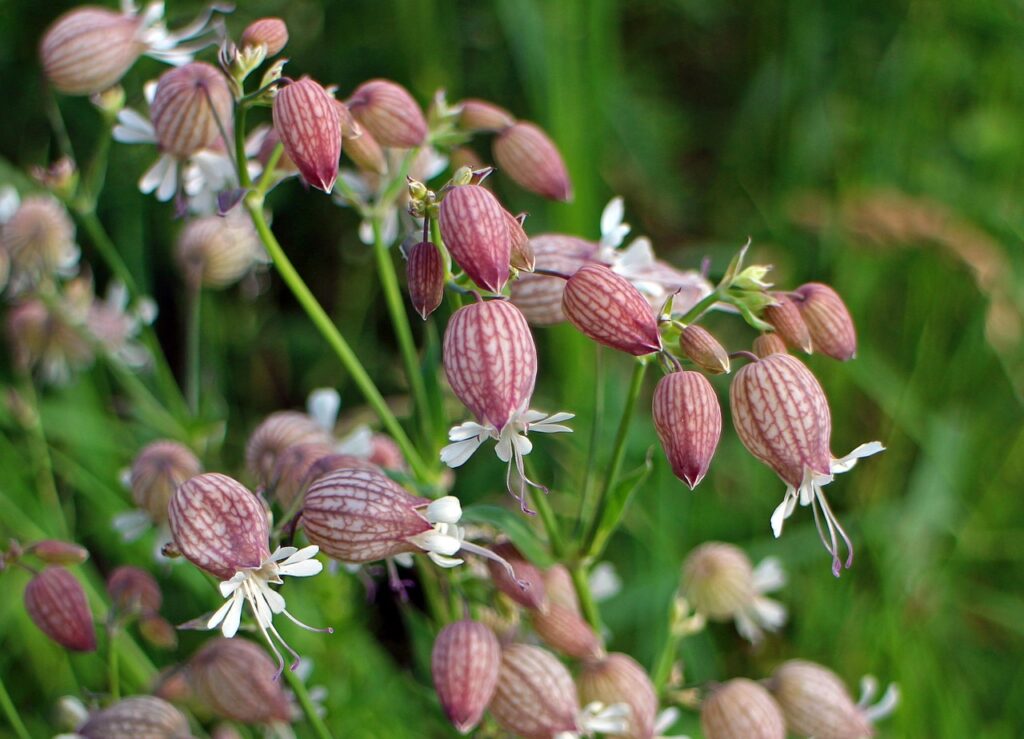
Although hardy and easy to grow, Silene vulgaris thrives best under suitable conditions.
Sunlight
Prefers full sun but also grows in partial shade.
Watering
Avoid overwatering; water moderately when the soil dries. It tolerates drought but requires some moisture for steady growth.
Soil
Well-drained soil is essential. Sandy soil or compost-rich potting soil works well.
Fertilizer
Requires little fertilizer. A diluted liquid fertilizer once a month during the growing season improves flowering.
Cold tolerance
Fairly hardy, it overwinters in the ground. In colder regions, mulching around the base provides extra protection.
Conclusion
Silene vulgaris is a perennial with balloon-like white calyces and graceful petals.
Widely distributed across Europe, it has been valued as a flower symbolizing rustic beauty in gardens and parks.
Cherished since ancient times, it appeared in rural gardens and poetry in the Middle Ages, and later became popular as an ornamental plant in the 19th century.
With sufficient sunlight and well-drained soil, this plant will reward you with long-lasting blooms.


